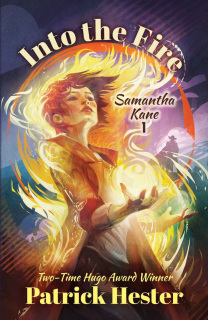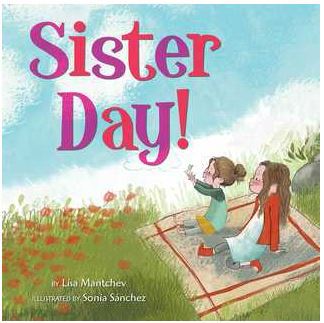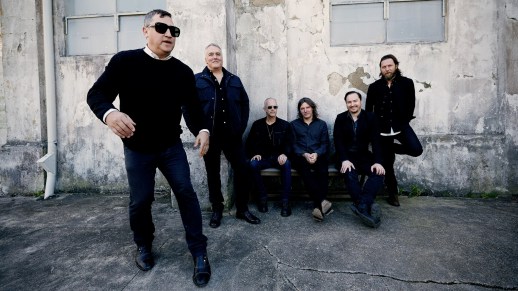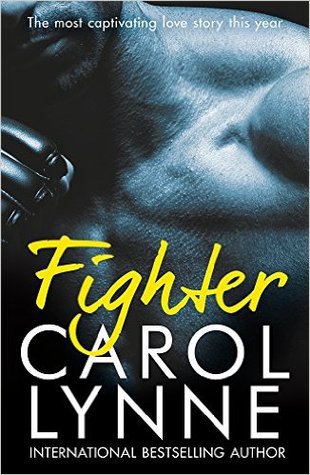Image of Highway 101 cutting through the old growth forests of Washington State by Sam Beebe (Slow – Hwy 101 old growth Uploaded by admrboltz) [CC BY 2.0 (http://creativecommons.org/licenses/by/2.0)%5D, via Wikimedia Commons
Book review: The Stranger Beside Me, by Ann Rule
If In Cold Blood is the granddaddy of true crime, and a standout of quality narrative nonfiction regardless of genre, then The Stranger Beside Me must be next in succession. But it doesn’t quite have the clout of Truman Capote’s masterpiece, despite being surprisingly well-written, compelling, and an equally powerful piece of Americana.
Despite my guilty pleasure love of true crime, I’ve never read anything by Ann Rule. I like well-written narrative nonfiction even in true crime, tending away from the sensationalist or trashy. And, this is totally unfair, but based on the covers of Rule’s books, never mind the melodramatic titles, I figured I needed to give them a wide berth.
Just look at the cover of the ebook edition I read:

Why are his eyes peeking out of storming clouds? That’s a defining image of trashy true crime. There’s no convincing of any literary value with a cover like that. I can only imagine it’s imagery meant to invoke its subject’s omnipresence, as a quarter of the way through he’d already been in about seven states and presumably murdered in almost as many. He got around.
I also avoided this one in particular because I don’t like reading about these uber-infamous serial killers. They gross me out. Some details seep in through cultural consciousness, like all I really knew independently about Ted Bundy before skimming Wikipedia then reading this book was that he’d attacked several women in basement apartments. I don’t know how I knew this, but when I moved into a basement apartment in Queens after college I remember joking about my uncertainty over the move for that reason with my brother. It sounds so stupid but it had stuck with me.
Ann Rule found herself in the enviable (or was it?) position of having worked at a Seattle crisis center call line alongside Ted Bundy, later to become one of the most infamous serial killers of all time. As the disappearances and discoveries of murdered young women escalated in the Washington state area, Rule inked a book deal to write about the ongoing investigation.
And of course, little did she know but the sought killer was the mild-mannered young man she’d befriended during her volunteer work, someone who’d never given her any indication that he had something dark in him that would manifest like this. I guess that’s what they all say, it just seems particularly shocking considering what he did, and how much of it, plus his multiple insane prison escapes, manipulation of his longterm girlfriend, he’s just a big bag of never-ending awful tricks.
Rule even felt guilty when she realized the Ted she knew seemed to fit the description of the Ted police were seeking in connection with two disappearances on the same day from Lake Sammamish State Park:
I felt guilty that a friend I’d known for three years should even come to mind. You don’t go running to the police to turn in the name of a good friend, a friend who seemed the very antithesis of the man they sought…Ted Bundy would never hurt a woman. He wouldn’t even make an off-color remark to one. A man whose life’s work was oriented toward helping people, toward eliminating the very sexual violence that marked the crimes, couldn’t be involved, no matter how much he resembled the composite.
She has lots of these interesting insights. He was good at compartmentalizing, at least that much is clear, even if his actual psychology still seemed murky to me by the end.
Rule sets forth her own theories on various elements of the case and Bundy’s psyche that have been heavily pondered over the years. She also plays up one element that I’d heard of before, that supposedly he was dumped by a girl with long brown hair parted in the middle (but wasn’t everyone’s parted that way in the ’70s? I’ve seen the Brady Bunch) and he was so enraged that after winning her back, he revenge-dumped her, then went on his murderous rampage, specifically targeting brunettes with middle parts. Imagine if he’d channeled that heartbreak energy into something useful.
It did seem a little odd to me that Rule believed in Bundy’s innocence as long as she did. I wasn’t sure how much of that reluctance to believe he was capable of committing the crimes was justification after the fact for her, since she corresponded and sent him cigarette money while he was incarcerated in multiple states.
I think she did it to stay on his good side, keep getting material, and fish for inside information. He escaped multiple times from prison – that’s not exactly indicative of innocence. Of course, it’s easy to speculate in hindsight so who knows.
But sometimes she muses downright disturbingly with lines like, “He was a shadow man, fighting to survive in a world that was never made for him. It must have taken incredible effort.” The hell? He gets an F for totally failed effort. He made a terrible effort NOT to be a serial killing, necrophiliac trashbag.
Details from Rule’s life and experiences connected to Bundy’s publicity and trials and the constant request for her to comment on him were quite interesting. I loved her recounting of some of the characters who contacted her describing encounters with Ted that are clearly imaginary:
An elderly woman came to my door near midnight, regal and impeccably dressed, and yet distressed because “Ted Bundy has been stealing my nylons and my pantyhose. He’s been coming into my house since 1948 and he takes my personal files. He’s very clever, he puts everything back so that you can scarcely tell it’s been moved.”
Or, eerily, women who say they’d encountered and escaped from Ted and never knew who he was until after his arrests. Rule says some are likely actually escaped victims, some definitely not. Which is equally disturbing, assuming they’re not imagining things like Ted the sticky-fingered pantyhose bandit above, but rather, other men did very similar things. Ugh. The 1970s seems like such a weird, scary time.
And if you needed one more reason to blacklist conservative gay conversion therapy-peddling group Focus on the Family, with their anti-LGBT propaganda, distorted science, and meddling in politics trying to blur the lines between church and state, here’s something:
Ted had agreed to meet with Dr. James Dobson, president of Focus on the Family, a Pomona, California, minister and member of President Reagan’s commission on pornography. Beyond a general press conference, Ted had the right to pick one solo interviewer and he had chosen Dobson. Ted reportedly had been corresponding with the conservative preacher for years.
Perfect! He didn’t actually meet with him, but let me remind you that the president of Focus on the Family wrote letters to Ted Bundy for years. So gay people = unacceptably bad, Ted Bundy = fine and redeemable. Their logic is flawless.
The book is hefty, but the only parts that dragged for me were the courtroom scenes and descriptions of legal situations and maneuverings that began about halfway through. Except when Ted takes over his own defense and pulls stunts like marrying a former coworker as she’s on the witness stand (he later impregnated her while he was in prison, so he has a daughter out there somewhere and miraculously, it seems like her identity has managed to remain a secret, which is one nice thing, that she has her privacy at least.)
The edition that I read has no fewer than four prologues, afterwords, Q&As, addendums and the like, dating to as recently as 2008. When it was originally published in 1980, Bundy hadn’t been executed yet. And of course after that happened, public interest was very much in Rule’s opinion and feelings on it. She mentions often that this case made her career as a true crime writer, for better or worse. She knew she’d be talking about this for the rest of her life, no matter what else she covered.
Worth a look if, like me, you’d prejudged it for its cover and trashy marketing; it’s a mostly engaging true crime classic.
The Stranger Beside Me
by Ann Rule
published 1980
I’ve included affiliate links from Book Depository.
It means I get a small commission if you buy via these links. I’m never paid to promote or review any title.





